Stop Using Vinegar On Your Weeds – This Brilliant Household Item Works Even Better
Struggling to get rid of weeds with vinegar or baking soda? Try this toolbox staple for eradicating larger and established weeds, and tackling longer, pernicious root systems
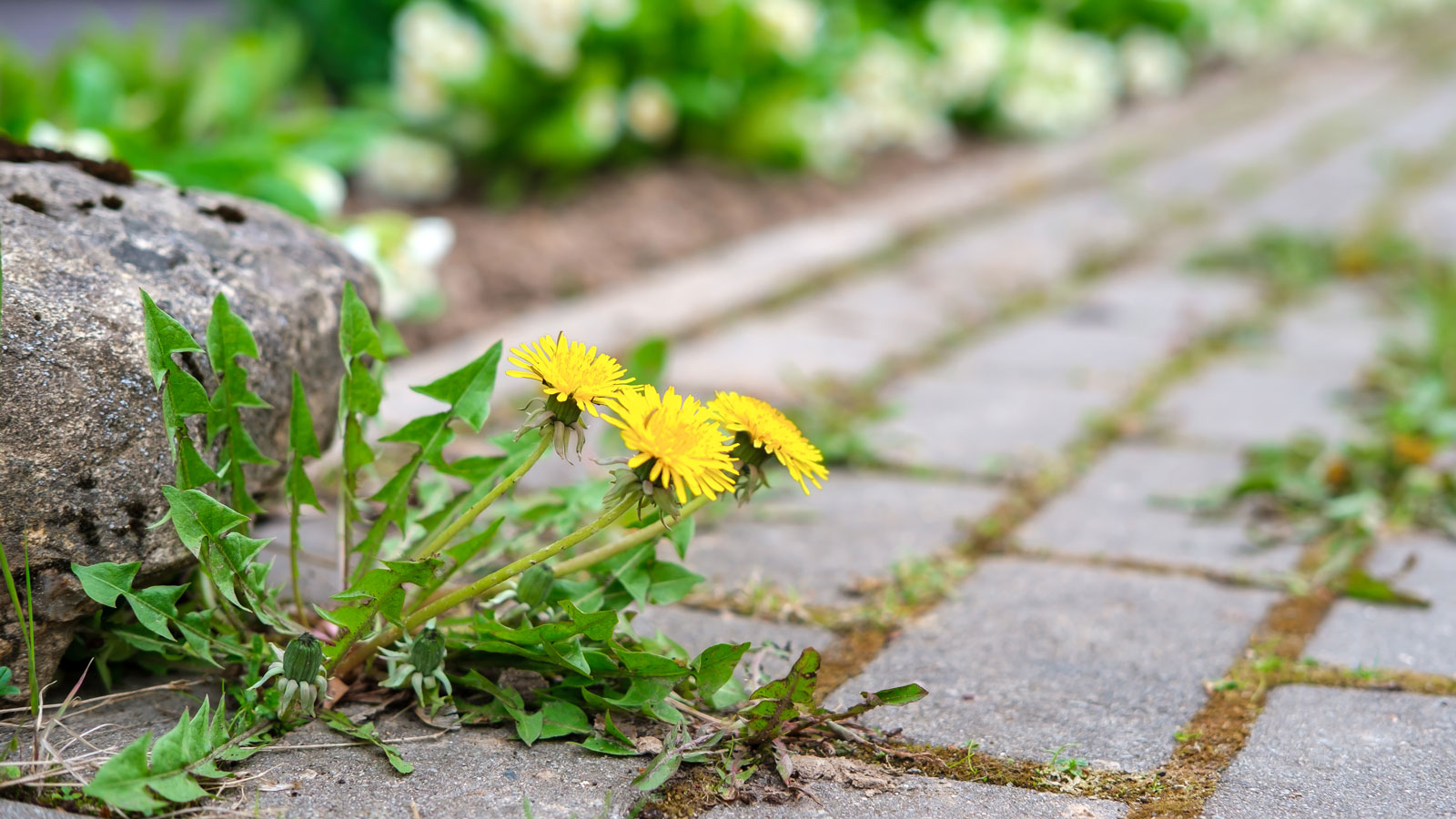

Amy Draiss
You’ve heard the old saying: weeds are just plants growing in the wrong place? We all end up berating weeds in one part of our garden or the other, whether it’s a cheeky clump of chickweed popping out of a raised bed, or a sleepy crabgrass sprawling across the lawn. And in your quest to save money as you fight the good fight, it’s tempting to reach for any organic remedy lurking in cupboards that might kick your weedy residents into touch. But if you're pouring vinegar willy-nilly on common weeds in your perennial border, it's time to stop and read this.
Now, this isn't advice to ditch organic controls completely. Depending on the weed, the location, and the extent of the problem, some homemade remedies may work. But there is another option for gardeners who are worried about the efficacy and potential risk that comes with using vinegar, baking soda, and so on. Intrigued? If you want to take a lump out of some common garden foes while protecting desirable plants and soil, it's time to reach for the toolbox – and a very special tool to pull weeds…
What's The Problem with Vinegar?
Vinegar gets mentioned a lot with folks tackling weeds. Depending on the type, it can be organic, relatively inexpensive, and something most of us have in the kitchen. If you use vinegar on weeds, the acetic acid can be effective on younger, tender plants. But when we talk about weeds (and getting rid of weeds), it’s the root networks we need to focus on. If you’re pouring vinegar directly on weeds and hoping they will shrivel up and die – well, yes, some of them might. But unless you have targeted the roots as well, there’s a jolly good chance those unwelcome plants will reemerge .
Vinegar is both a contact herbicide and a non-selective herbicide – and both of these things are problematic. The ‘contact’ bit means that the vinegar is only really tackling the bit it touches – the bit you can see (not the root). And the ‘non-selective’ part means that vinegar doesn’t discriminate between weeds and other plants (or grass), so it can be potentially quite damaging to the parts of your garden you want to keep alive and healthy. Tipping vinegar, salt and so on into garden beds and lawns as a weed control can also have a negative impact on the soil.
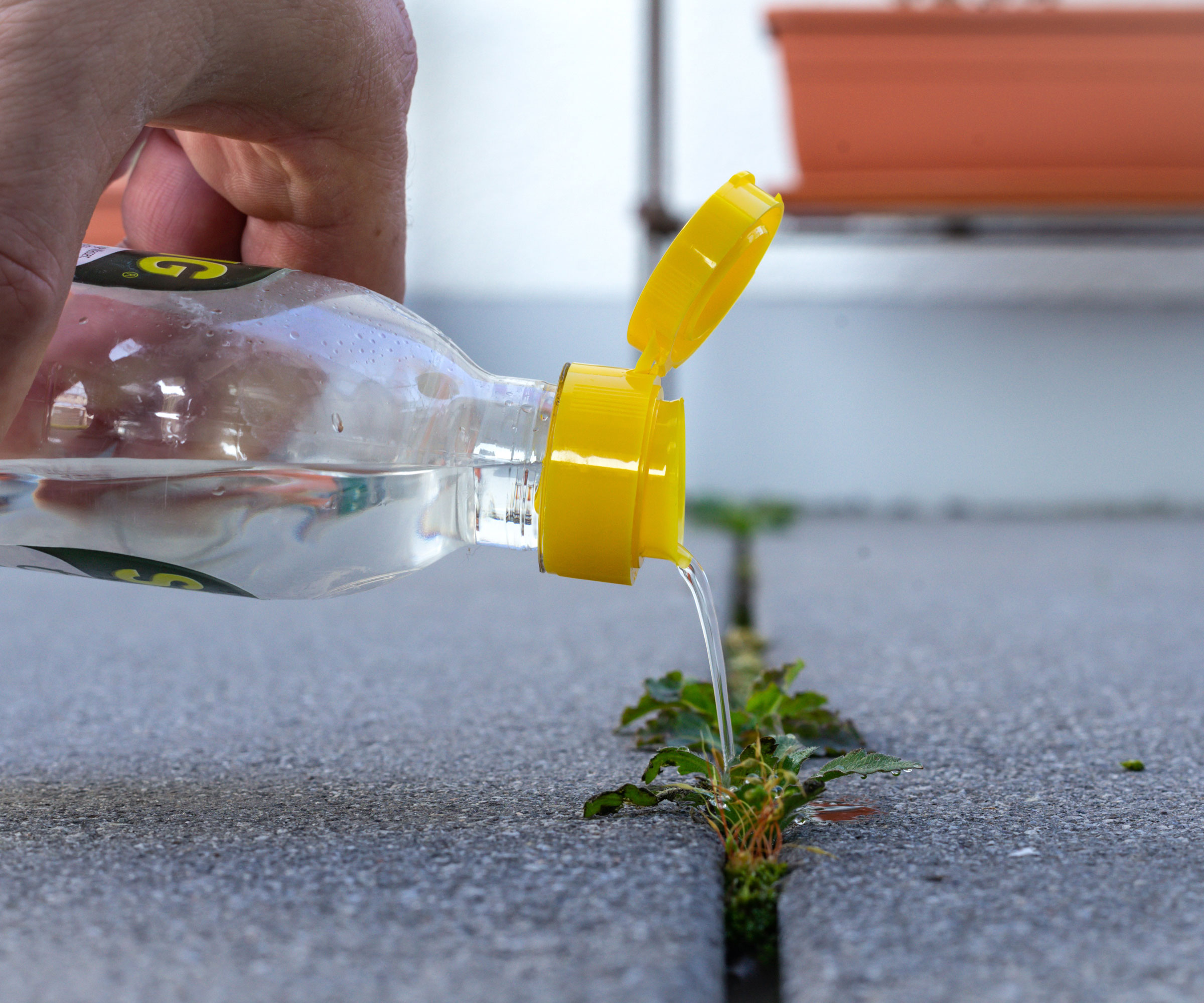
Don’t get me wrong – I’m not saying vinegar, baking soda, and those other household remedies are always a mistake as an on-the-spot treatment. They are probably not a big deal if used for random gremlins popping up between paving cracks in a garden path. However, for a more controlled approach to tackling the problem, you’ll find that pulling weeds with a good tool on your side helps you go deeper, is less risky for soil and healthy plants – and it is genuinely satisfying. Enter our toolbox buddy…
Presenting… the Screwdriver!
Pulling weeds by hand doesn’t have to be a drag – it can be incredibly therapeutic. And when I’m heading out to go one-on-one with weeds, I always make sure I have this one toolbox companion in my apron pocket: a screwdriver. Specifically, a screwdriver with a long shaft. You need this to secure a decent purchase around the deeper root systems of some of the more pernicious common garden weeds you’ll encounter, like dandelions and crabgrass.
To be clear, I’m not saying you should wield a screwdriver at every single weed you see without first inspecting the weed to identify it. Some weeds with more intricate, shallow and brittle root systems (like ground elder and bindweed) will require a more nuanced, dedicated approach. Knowing your enemy is part of the battle and every job has the perfect tool, as they say. But my trusty screwdriver has performed honorable service in the field for several garden weeds – specifically those with deeper root networks and a thick taproot.
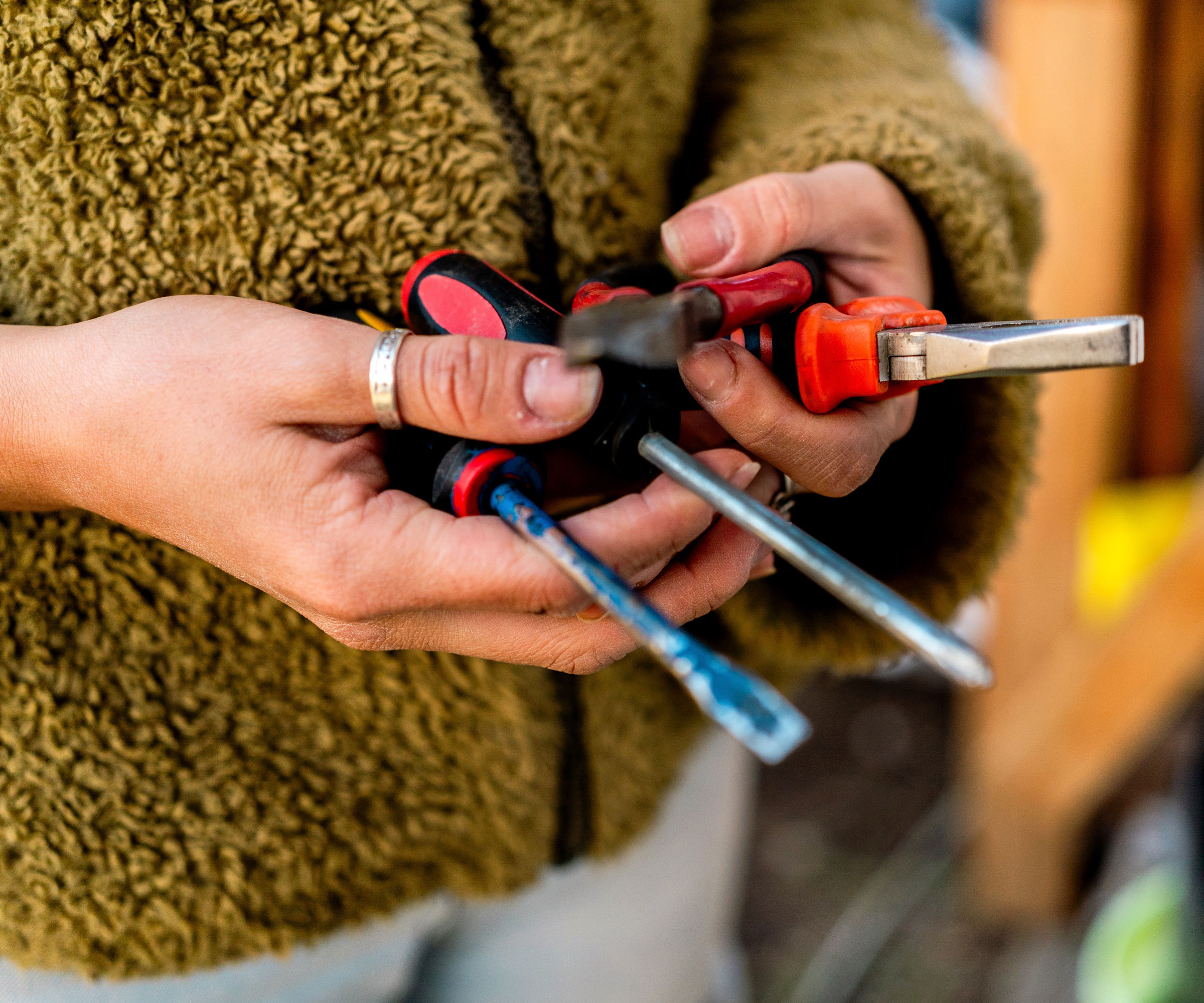
So when I spot burdock, dandelion, thistle, plantain, and even clumps of crabgrass, I feel better knowing my screwdriver can turn the task of weeding into good garden therapy. Again, I adapt my approach to the weed in question, as well as the garden site. It’s important to wear comfortable gloves with a good grip, especially for weeds like thistles. A screwdriver is especially effective on dry earth, but it still works fine if the ground is wet, and it can slide neatly into a range of soils and garden situations, from busy perennial borders to gaps in flagstones.
For the best way to pull weeds with a screwdriver, I recommend a screwdriver with at least an 8-inch shaft, and preferably one with a 10-inch shaft if you can find one in your toolbox. If you don’t have one, the Performance Tool W30992 Slotted Screwdriver from Amazon is a good option for grip and ergonomics, and while the end of the tool doesn’t seem to matter in my garden, I do find the flat head screwdrivers are better for purchase. But if you fancy having the option of different screwdriver tips, try the Kyuionty Screwdriver Set from Amazon, which has one flat and one blunt tip – and both have the longer, 10-inch shaft.
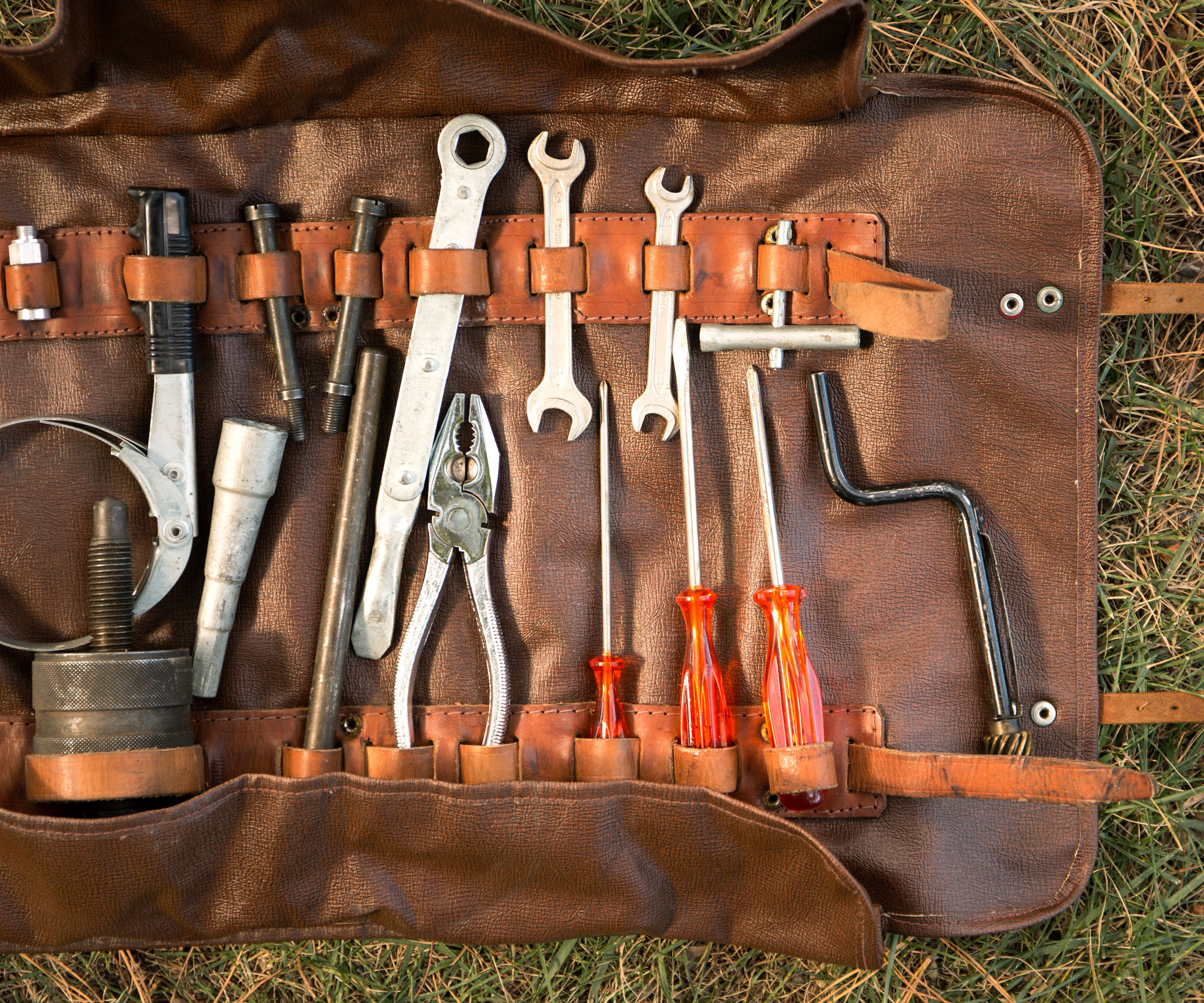
Pros and Cons of Screwdriver Weeding
The beauty of the long-shaft screwdriver is in the simplicity of its design – and the leverage it allows you to wield when you slide it underground. I like to position the screwdriver a couple of inches to the side of the weed, slide it vertically into the ground, then anchor it towards the root while lifting the root with my hand. Just wear gloves to protect against sharp or poisonous weeds, and crouch near the weed for the best support.
If used carefully, a screwdriver both loosens the earth and allows you to hoist the weed free at the safer root level, rather than the riskier surface level. Yes, a trowel or hoe can also do both these things with varying degrees of success, depending on the location and the weed. But using a screwdriver as a hand weed puller gives you a level of local control and grip that honestly does feel super-satisfying.
Sign up for the Gardening Know How newsletter today and receive a free copy of our e-book "How to Grow Delicious Tomatoes".
There are other tools out there, like the fishtail weeder, but my trusty screwdriver is one of the best weeding tools I’ve ever used in the garden. Stick with weeds that have long or substantial taproots, like dandelions, dock, thistles, plantain, and burdock. Screwdrivers are less effective on brittle-root weed types like ground elder and bindweed. Here are some of the key benefits of using a screwdriver on weeds:
- It’s organic: If you are mindful about working with nature and not overrelying on chemicals, this approach works in harmony with your garden and is relatively kind to grass (as long as you aren’t hacking away at your lawn, that is).
- It’s great in crevices: Unlike a trowel or hoe, a screwdriver is ideal for weeds growing in a tight squeeze, such as between the cracks in a patio or pathway. It gives you access to the full length of any weed taproot, in a way that would restrict other tools.
- It’s targeted: Again, as long as you are using the screwdriver carefully around each problematic weed, you don’t have to worry about whether you are impacting nearby perennials, ornamentals and edibles that you want to keep.
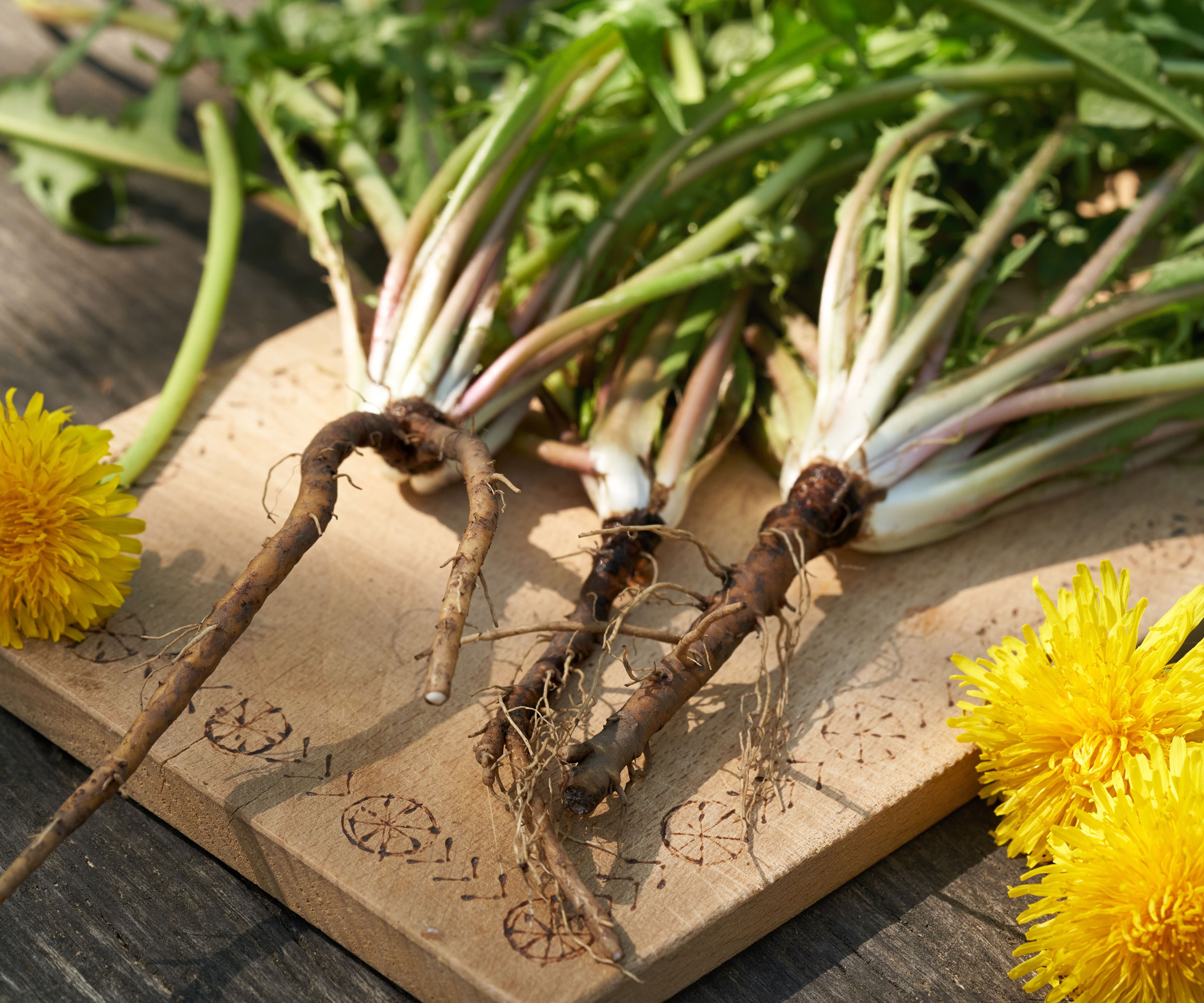
Using a screwdriver doesn’t negate the need to stay vigilant on a weekly basis. There are always going to be some weeds that can’t be successfully removed in their entirety this way. But weeding more regularly means you can keep on top of fresh weeds, removing them while they are relatively young and weaker.
I would also add that no one weeding measure should be used for everything. To be an effective weeding warrior, you should use a screwdriver as part of a wider range of weed-busting measures, along with approaches such as mulching, weed suppressants and so on. Do this, and a screwdriver is definitely worth keeping in your pocket the next time you go out into the garden.
Don't Forget These Other Weeding Essentials

For a practical, good-looking way to combine your gardening and tool kits, this handy pouch-and-pocket apron keeps everything you need together while bending over weeds.
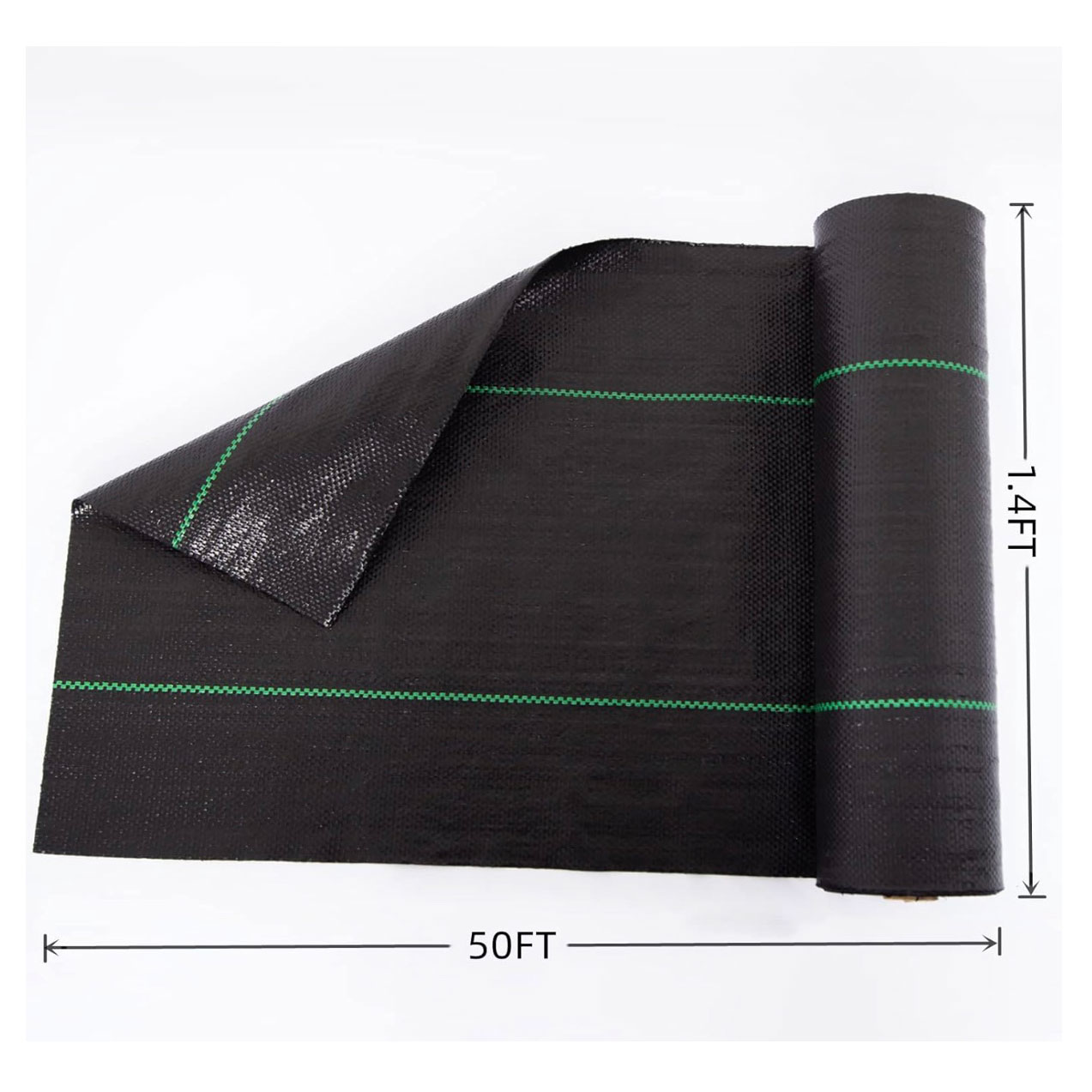
Lightweight yet strong, this thick black woven fabric is environmentally friendly and provides a heavy duty layer that keeps the soil healthy while keeping the weeds at bay.
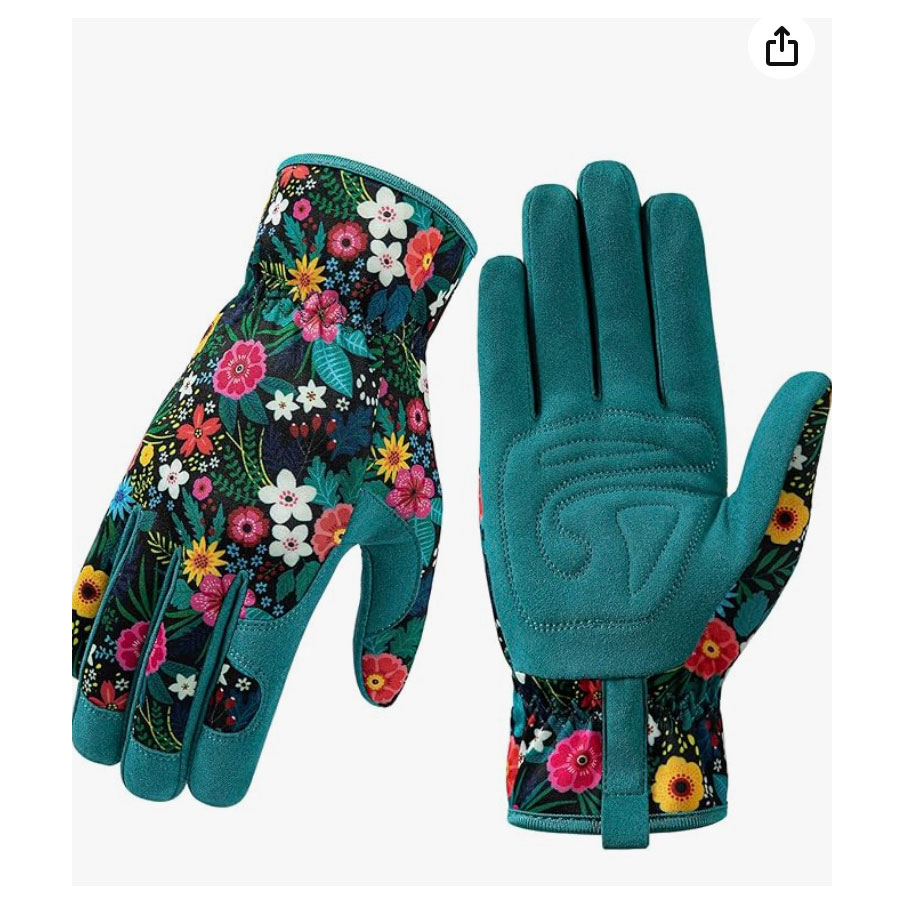
Resilient and long-lasting, yet comfy and snug, these gardening gloves are thorn-proof and puncture resistant for peace of mind when grappling with prickly and dodgy looking weeds.
Frequently Asked Questions
Which approach works best on weeds?
A collective approach is best when tackling weeds. It’s best to try a combination of methods for different weeds, different times of year, and different parts of your garden. Some individual strategies will be more effective on certain weeds than others. Boiling water can be great for very young or small weeds – but as with vinegar or baking soda, caution is needed around nearby plants you don’t want to lose! And if your weeds are established, you may not be adequately targeting the root system.
So it’s best not to rely solely on one ‘fix’. Adapt a holistic approach with a sweep of measures – weed suppressants, mulching, regular pulling of young weeds, and targeting weeds in crevices or cracks with on-the-spot organic herbicides like boiling water, vinegar or baking soda. You can also try ‘pre-emergents’ which prevent weed seeds from germinating.
What’s the worst way to kill weeds?
Anyone committed to organic gardening will want to avoid using chemicals. Certain chemical herbicides for weeds can cause more harm than good, particularly if you use them time and again in specific parts of your garden. Glyphosate, now banned in certain areas, has been linked with causing problems for earthworms and beneficial insects, as well as affecting soil health and structure. Furthermore, studies indicate that weeds have shown signs of building a resistance to chemical herbicides.
Pick up more practical tips and expert advice delivered straight to your inbox! Sign up for the free Gardening Know How Newsletter!
This article features products available from third party vendors on the Gardening Know How Shop. Keep in mind that our plant inventory is limited - so if you’re thinking of purchasing, don’t wait!

Janey is a former assistant editor of the UK’s oldest gardening magazine, Amateur Gardening, where she worked for five years. For the last few years, she has also been writing and editing content for digital gardening brands GardeningEtc and Homes & Gardens. She’s taken part in a range of conservation and rewilding projects for the Royal Horticultural Society (RHS) and the British Trust for Conservation Volunteers (BTCV) as a way of exploring her horticultural horizons. She is currently undertaking her RHS Level 2 certificate in The Principles of Plant Growth and Development.
- Amy DraissDigital Community Manager